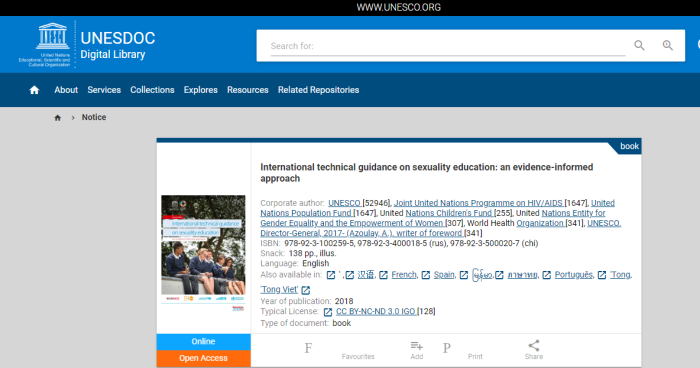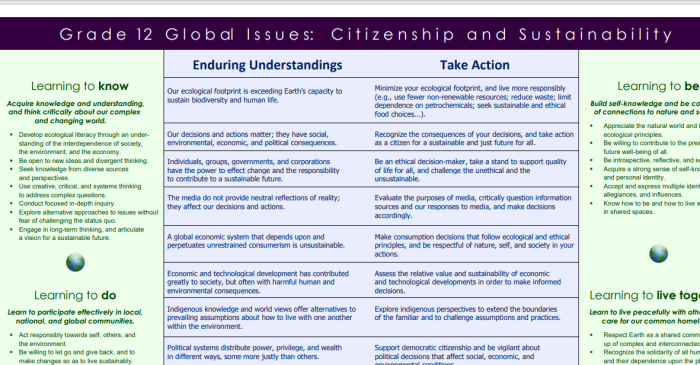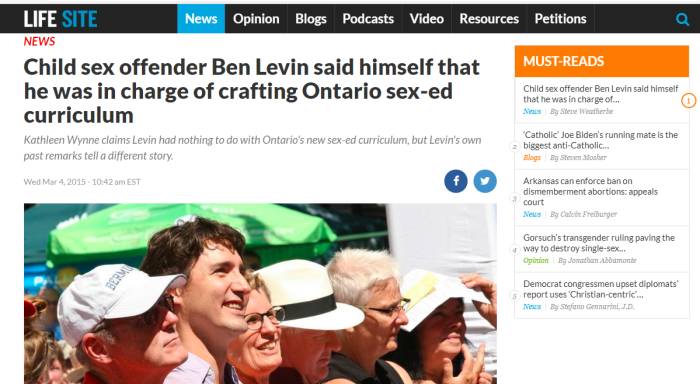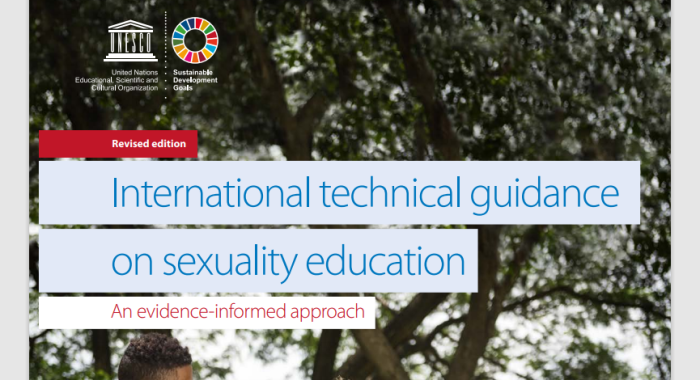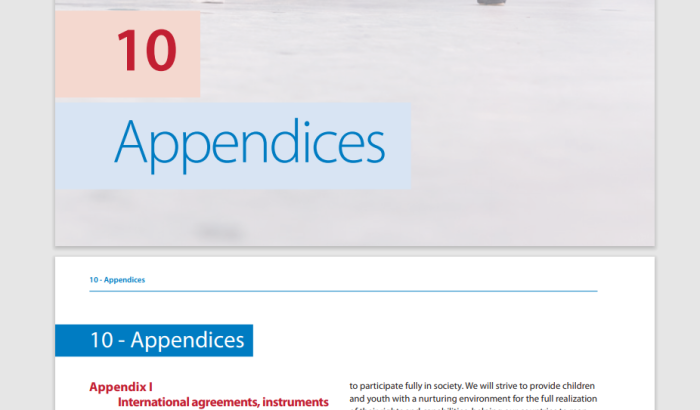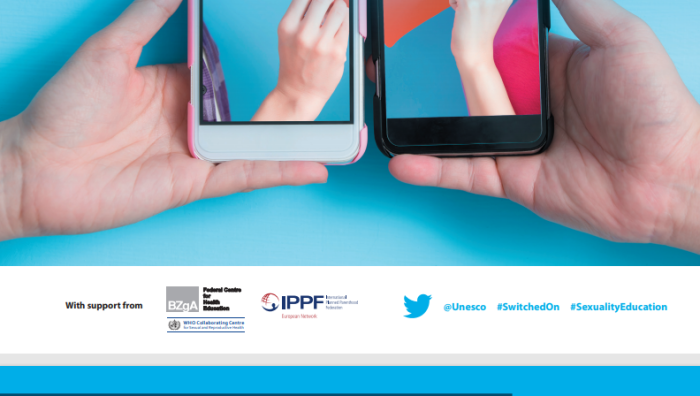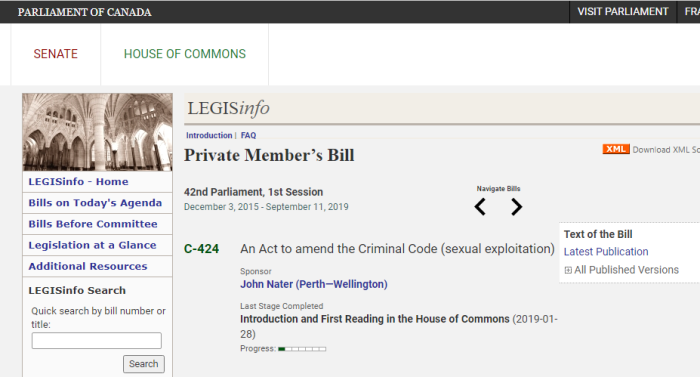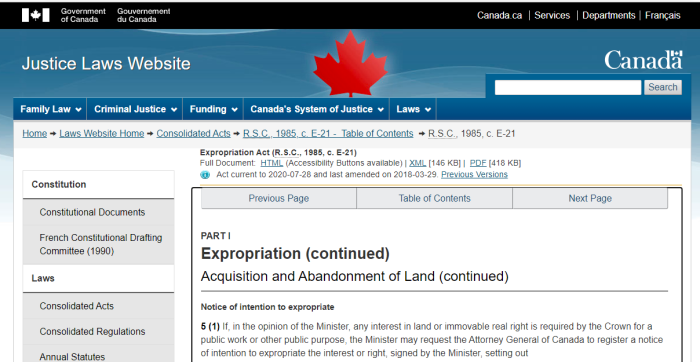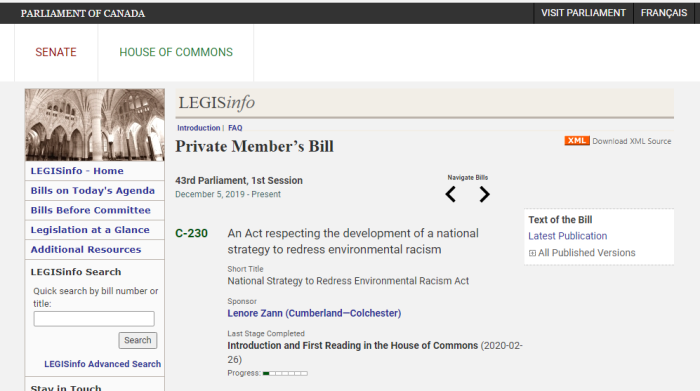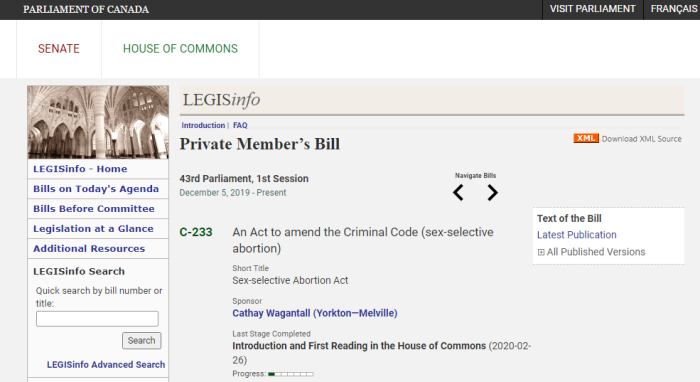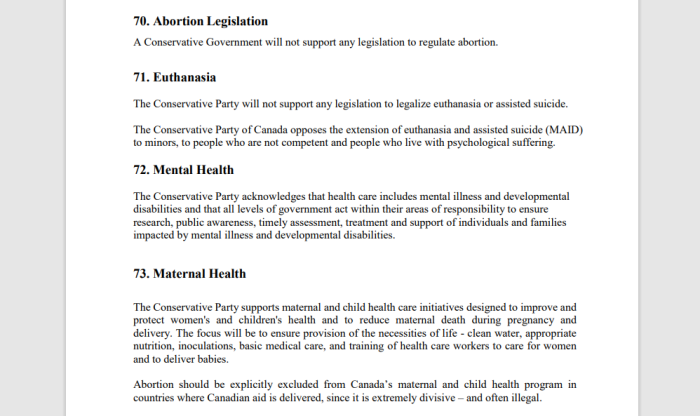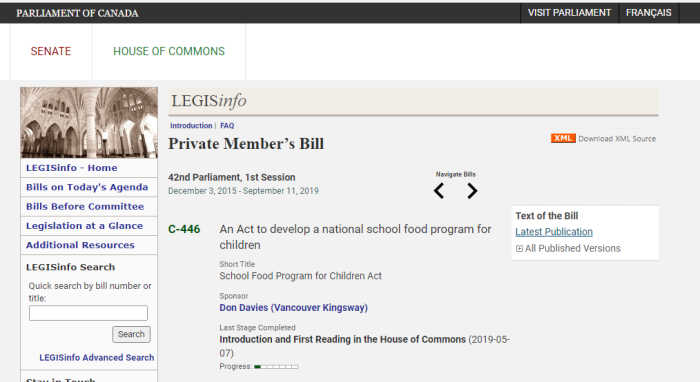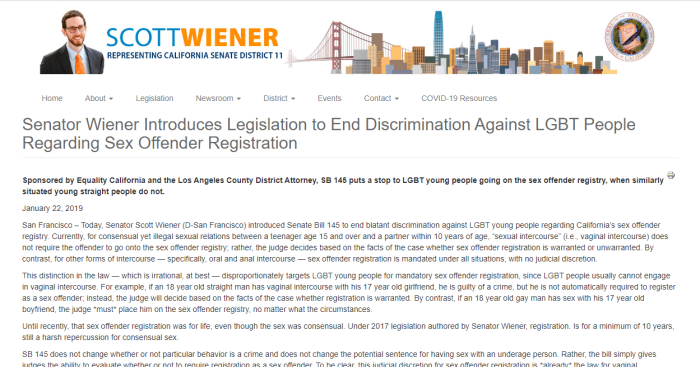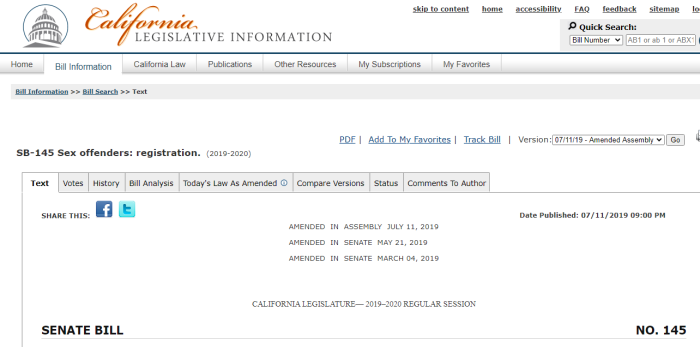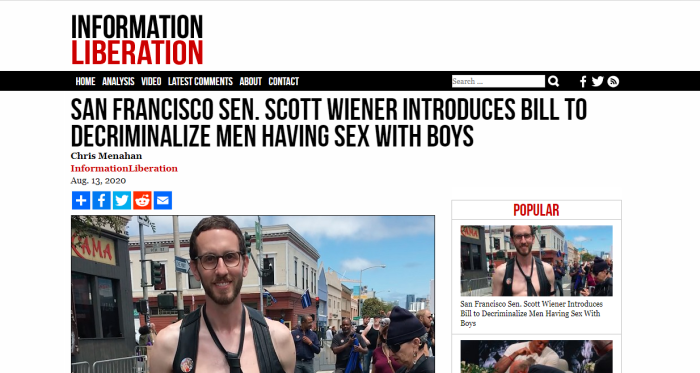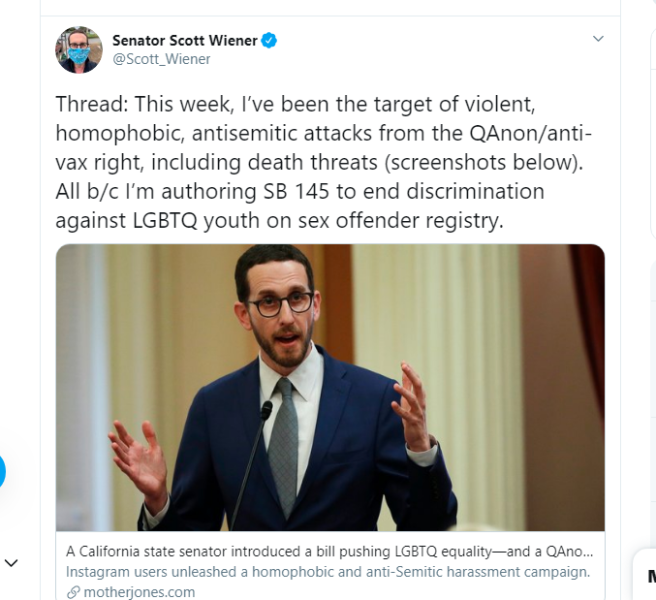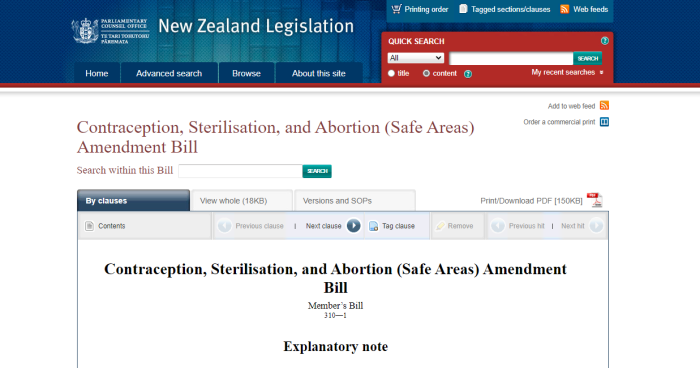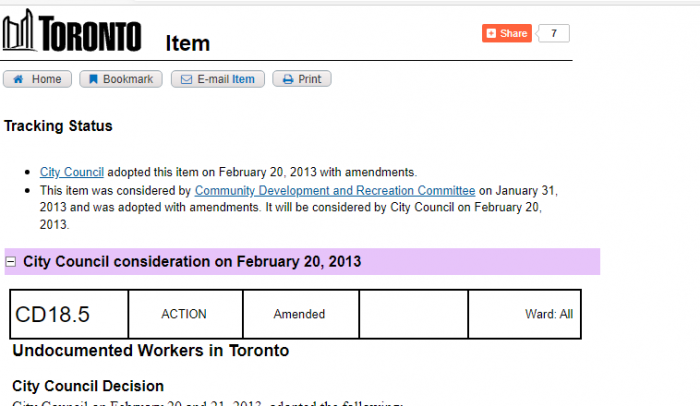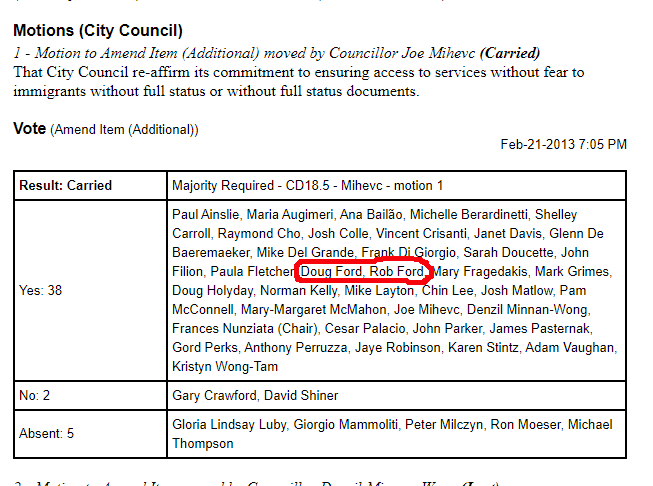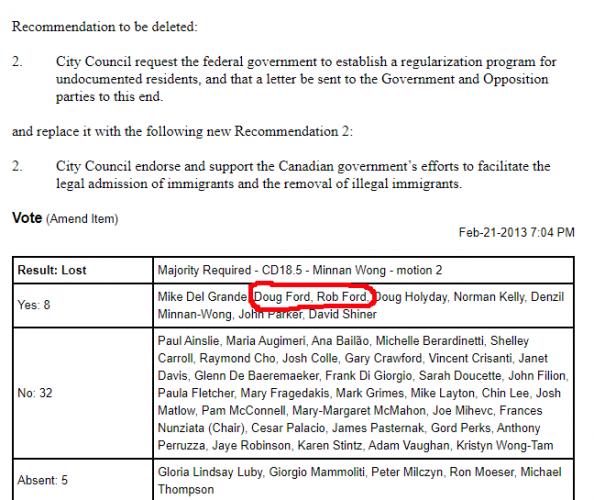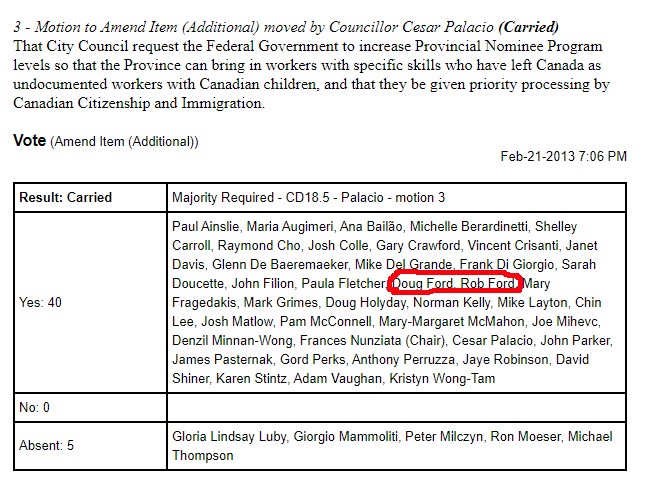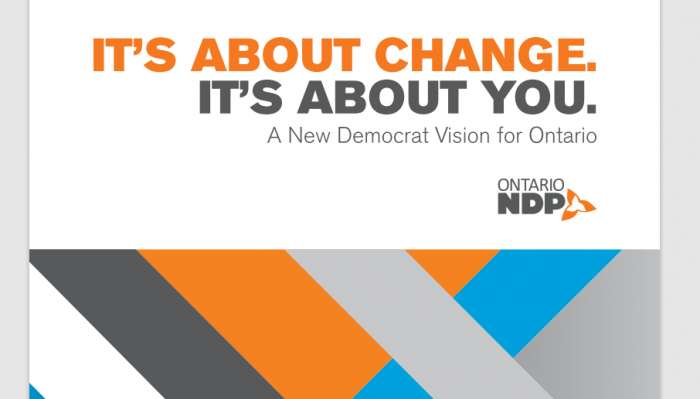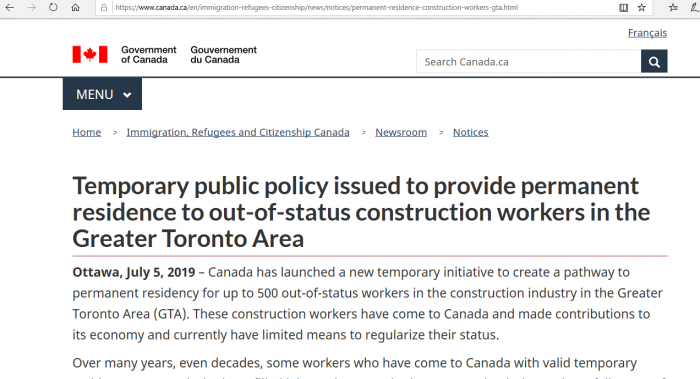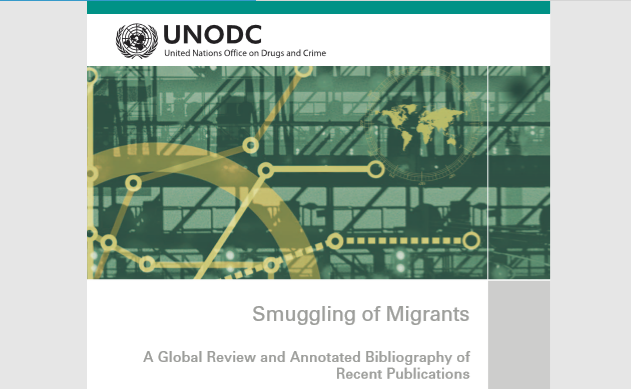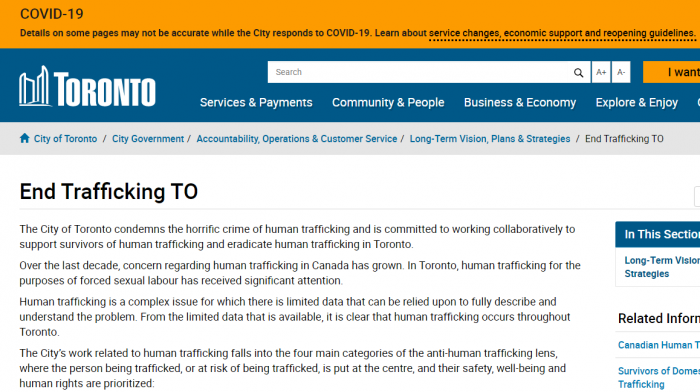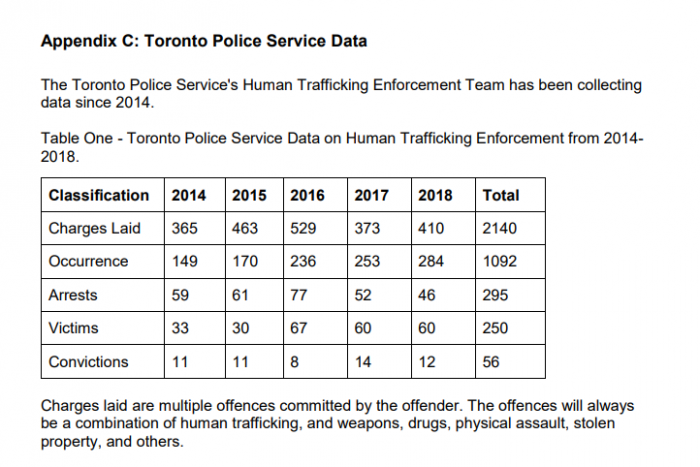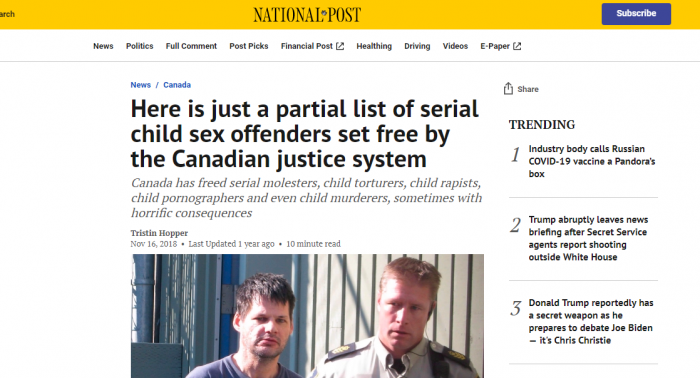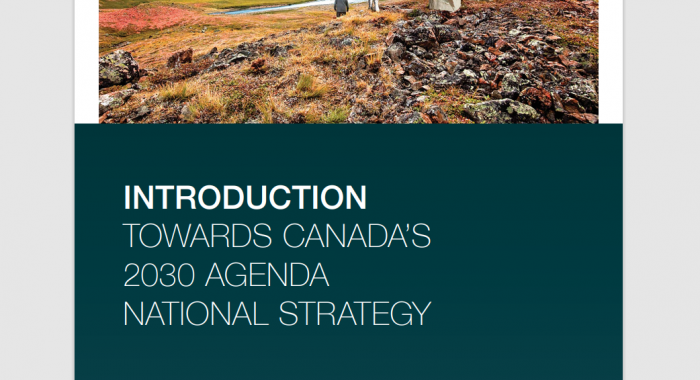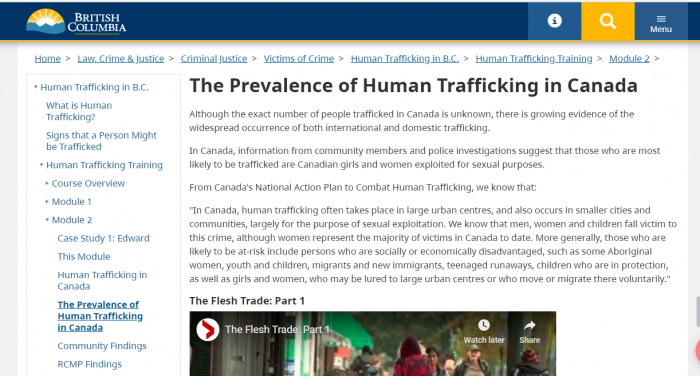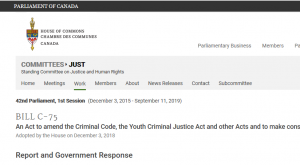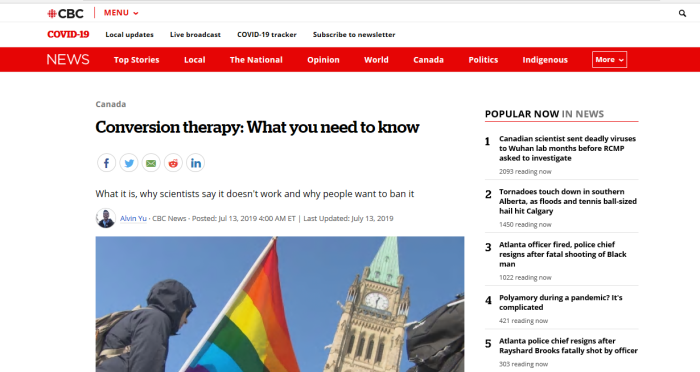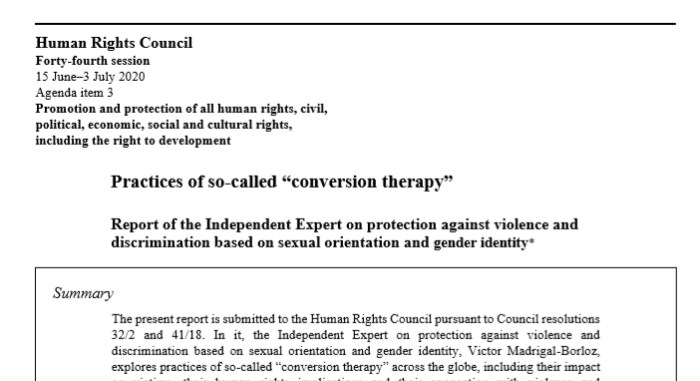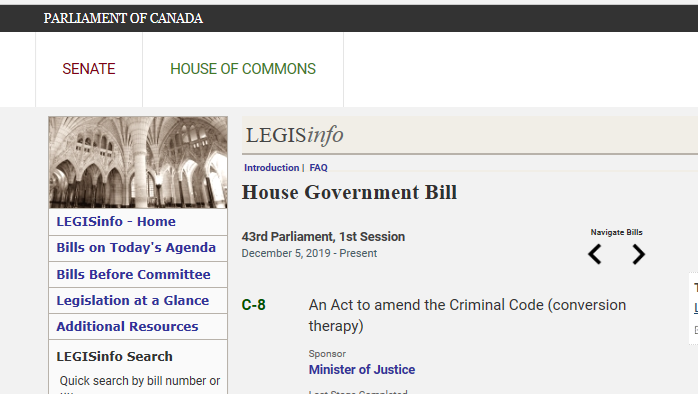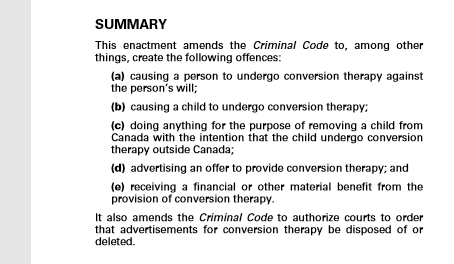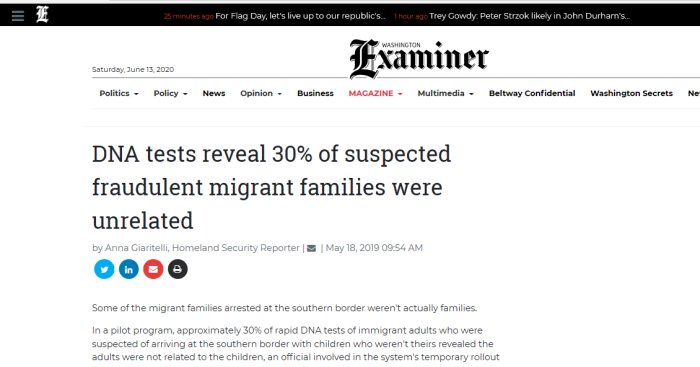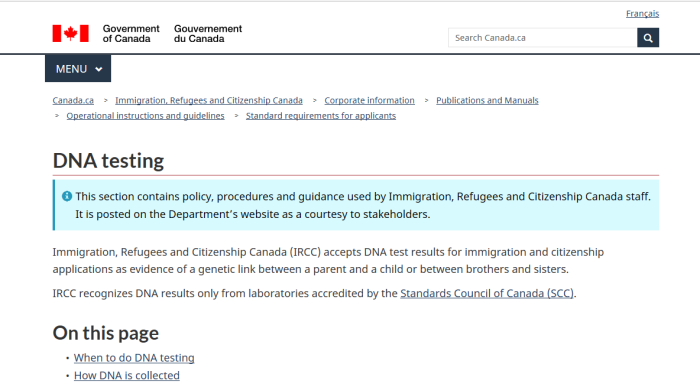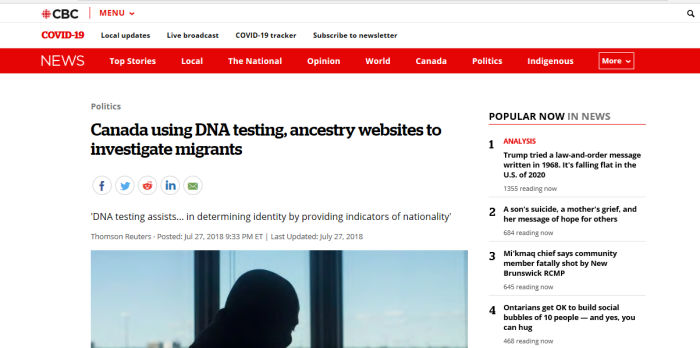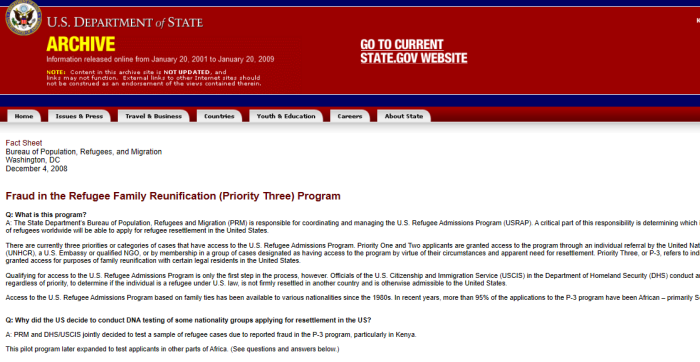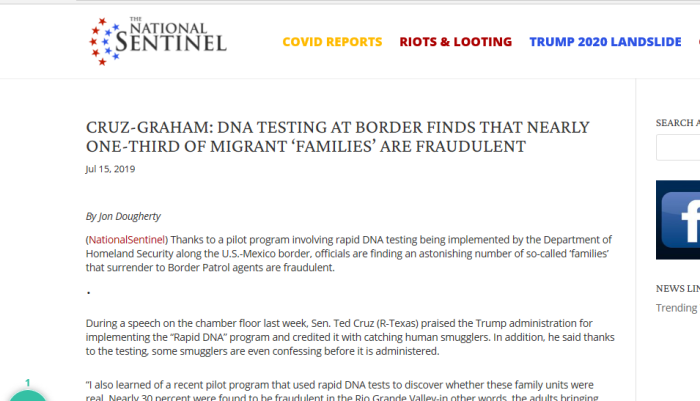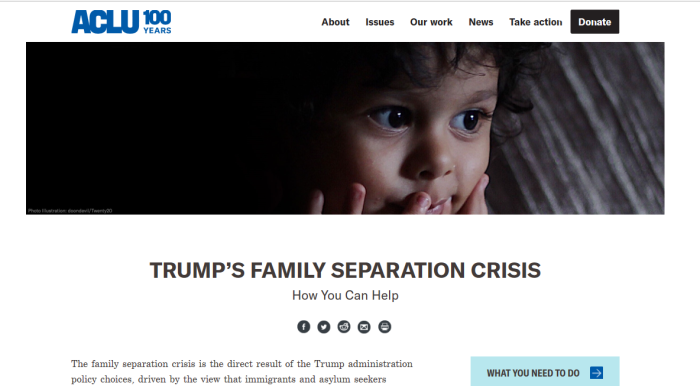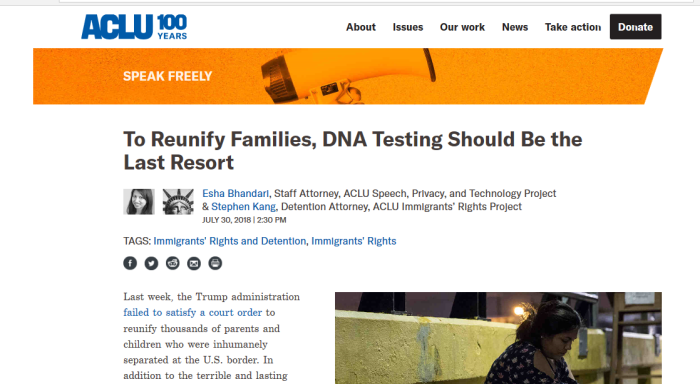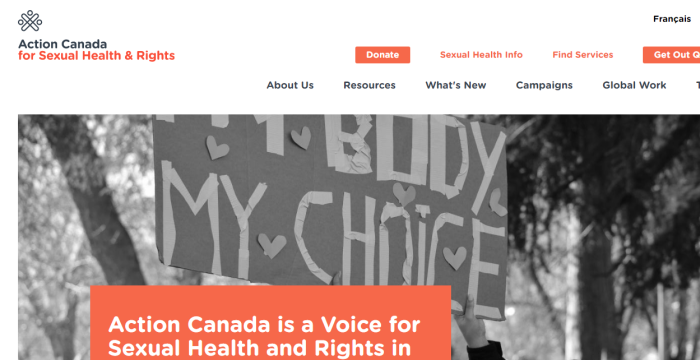

The International Planned Parenthood Federation, Western Hemisphere Region, has a Canadian Branch. It’s called Action Canada, and follows much the same ideology.
1. Trafficking, Smuggling, Child Exploitation
While abortion is trumpeted as a “human right” in Western societies, the obvious questions have to be asked: Why is it a human right? Who are these groups benefiting financially? Will the organs be trafficked afterwards? What will happen to the demographics of countries that are involved in this? Unfortunately, there aren’t nearly enough journalists asking the hard questions.
2. Action Canada’s Corporate Documents
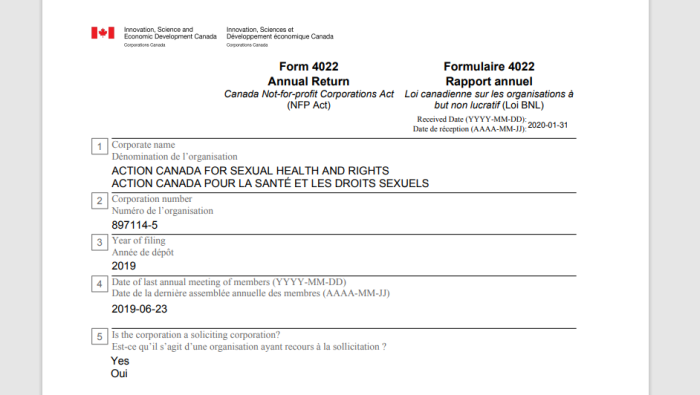

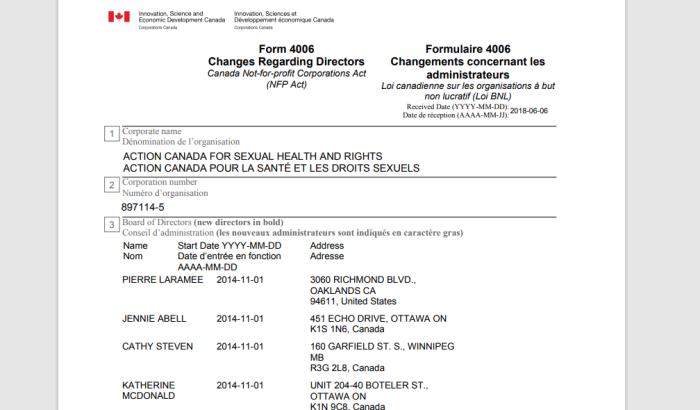
action.canada.1.notice.of.annual.return
action.canada.2.certificate.of.amalgamation
action.canada.3.director.change.2018
3. Action Canada’s CRA Tax Filings
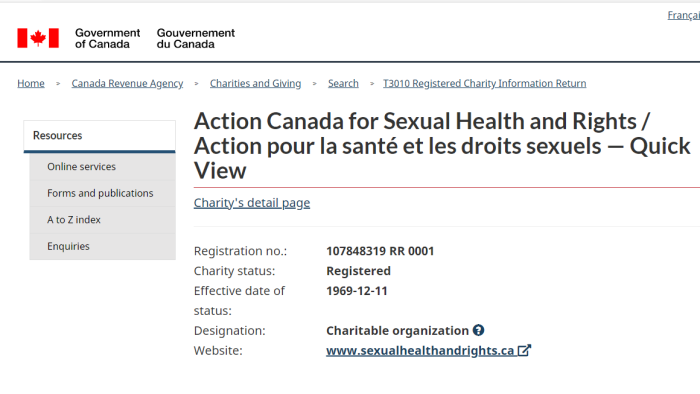
2015 Tax Filings
Receipted donations $189,977.00 (21.77%)
Non-receipted donations $0.00 (0.00%)
Gifts from other registered charities $120,446.00 (13.80%)
Government funding $0.00 (0.00%)
All other revenue $562,169.00 (64.43%)
Total revenue: $872,592.00
Charitable programs $568,499.00 (72.58%)
Management and administration $128,937.00 (16.46%)
Fundraising $49,434.00 (6.31%)
Political activities $24,530.00 (3.13%)
Gifts to other registered charities and qualified donees $0.00 (0.00%)
Other $11,828.00 (1.51%)
Total expenses: $783,228.00
Compensation
Total compensation for all positions $301,704.00
2016 Tax Filings
Receipted donations $311,894.00 (20.60%)
Non-receipted donations $0.00 (0.00%)
Gifts from other registered charities $69,908.00 (4.62%)
Government funding $0.00 (0.00%)
All other revenue $1,132,199.00 (74.78%)
Total revenue: $1,514,001.00
Charitable programs $1,219,877.00 (81.52%)
Management and administration $172,744.00 (11.54%)
Fundraising $49,372.00 (3.30%)
Political activities $54,330.00 (3.63%)
Gifts to other registered charities and qualified donees $0.00 (0.00%)
Other $0.00 (0.00%)
Total expenses: $1,496,323.00
Compensation
Total compensation for all positions $770,177.00
2017 Tax Filings
Receipted donations $302,923.00 (20.87%)
Non-receipted donations $0.00 (0.00%)
Gifts from other registered charities $21,634.00 (1.49%)
Government funding $0.00 (0.00%)
All other revenue $1,127,020.00 (77.64%)
Total revenue: $1,451,577.00
Charitable programs $1,094,878.00 (78.20%)
Management and administration $160,827.00 (11.49%)
Fundraising $74,444.00 (5.32%)
Political activities $70,018.00 (5.00%)
Gifts to other registered charities and qualified donees $0.00 (0.00%)
Other $0.00 (0.00%)
Total expenses: $1,400,167.00
Compensation
Total compensation for all positions $850,391.00
2018 Tax Filings
Receipted donations $349,408.00 (17.31%)
Non-receipted donations $56,832.00 (2.82%)
Gifts from other registered charities $29,021.00 (1.44%)
Government funding $343,948.00 (17.04%)
All other revenue $1,239,514.00 (61.40%)
Total revenue: $2,018,723.00
Charitable programs $1,621,402.00 (84.10%)
Management and administration $163,382.00 (8.47%)
Fundraising $73,444.00 (3.81%)
Political activities $69,611.00 (3.61%)
Gifts to other registered charities and qualified donees $0.00 (0.00%)
Other $0.00 (0.00%)
Total expenses: $1,927,839.00
Compensation
Total compensation for all positions $947,188.00
2019 Tax Filings
Receipted donations $282,509.00 (8.00%)
Non-receipted donations $13,749.00 (0.39%)
Gifts from other registered charities $32,210.00 (0.91%)
Government funding $980,419.00 (27.77%)
All other revenue $2,221,381.00 (62.92%)
Total revenue: $3,530,268.00
Charitable programs $3,180,207.00 (90.02%)
Management and administration $210,532.00 (5.96%)
Fundraising $55,866.00 (1.58%)
Political activities $86,109.00 (2.44%)
Gifts to other registered charities and qualified donees $0.00 (0.00%)
Other $0.00 (0.00%)
Total expenses: $3,532,714.00
Compensation
Total compensation for all positions $1,995,997.00
Full-time employees (17)
Part-time employees (3)
Interesting. It took in some $3.5 million from various sources, and paid $2 million for its 20 employees, or about $100,000 each. As should be obvious, its revenues are steadily going up.
4. Action Canada’s Federal Lobbying
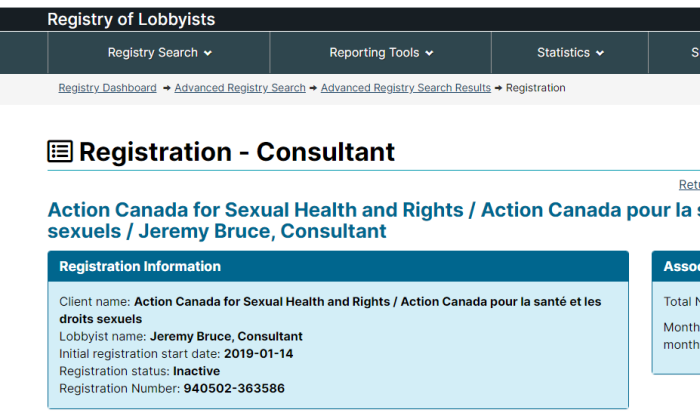
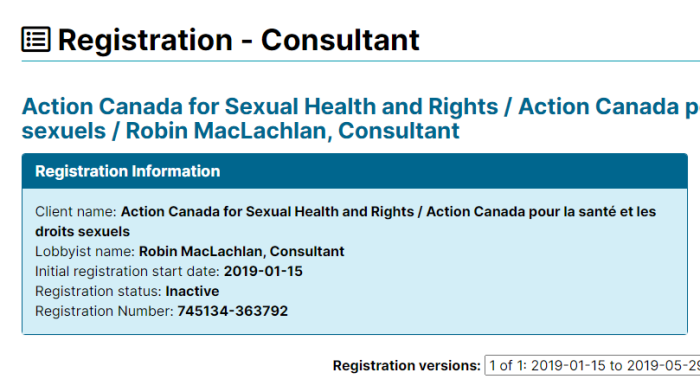
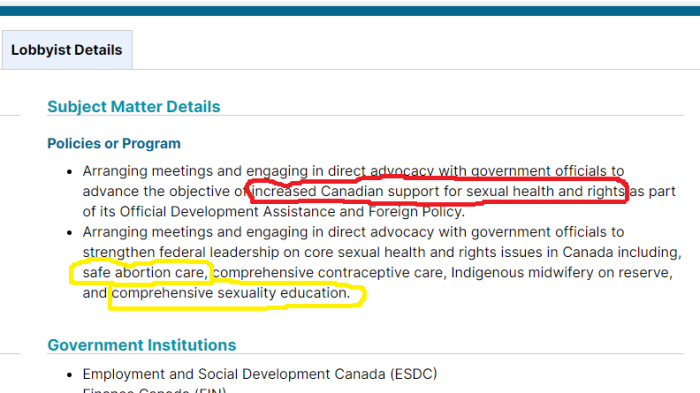
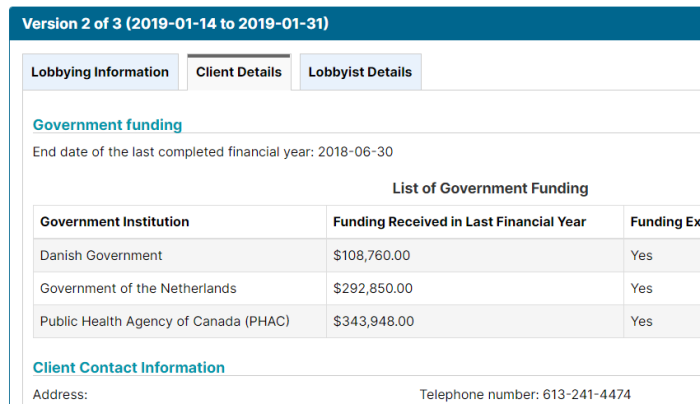
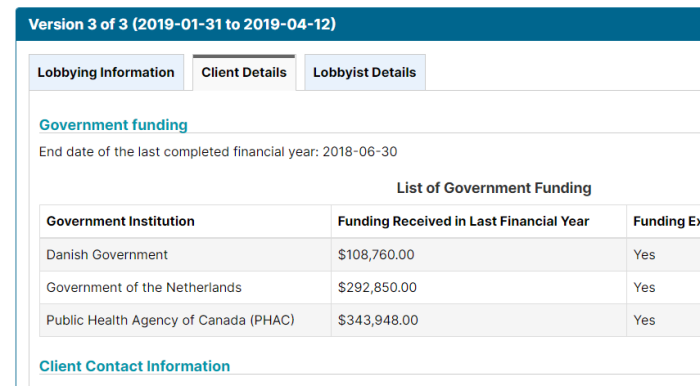
Something that stands out: it isn’t just the Canadian Government (Canadian taxpayers really), who are funding this group. The taxpayers of Denmark and the Netherlands are as well.
The sexual health education is presumably the pedo education system that UNESCO is promoting. And the abortion push is self explanatory.
5. Push For Decriminalization Of Prostitution
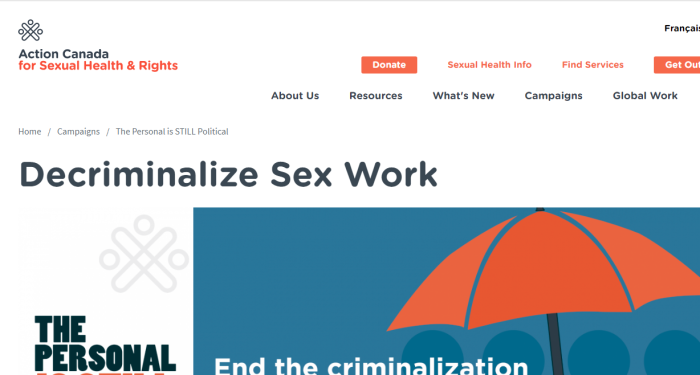
Negative consequences of criminalizing sex work
-Fear around legal consequences or harassment if sex workers carry condoms and lubricant, which can be used as evidence of sex work.
-Reduced ability to negotiate safer sex with clients.
-A negative impact on relationships with service providers (such as those providing condoms and harm reduction supplies) for fear of being identified as sex workers, which could lead to police entrapment.
The legislation known as the Protection of Communities and Exploited Persons Act is especially alarming for immigrants. Canada’s sex work laws do not explicitly address migrant sex workers but the objective to “ensure consistency between prostitution offences and the existing human trafficking offences” means that human trafficking is being confused with prostitution. Because migrant sex workers are often identified as “trafficked victims” and because their work is often referred to as “sexual exploitation,” laws and policies that criminalize sex work and migration specifically target sex workers who are racialized and people of colour. This puts already vulnerable populations at higher risk of criminalization and violence.
The criminalization of the purchase of sexual services means sex workers will not seek police protection and support services when they need them, thereby decreasing their ability to report violence to police and take care of their health. It also prevents sex workers from using simple safety strategies like working in pairs, working in familiar areas, or having the time to consult “bad date lists” to help protect themselves against violent or abusive clients.
The mental gymnastics here are stunning. First, it is a pretty big conflict of interest that a group that promotes abortion (and sale of body parts), is also lobbying for prostitution. Seems like one business feeds into another.
Second, how many “immigrants of colour” are coming to Canada and ending up in prostitution?
Third, while explicitly denying that sex work is exploitive, this group details the ways in which it is very exploitive to the victims.
6. Helping Promote Abortion Globally

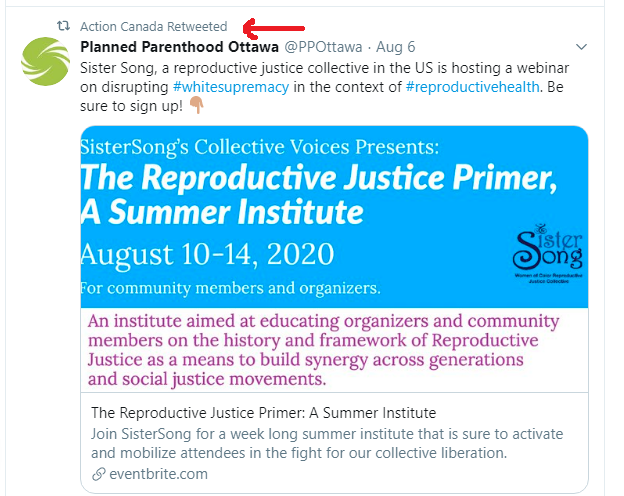

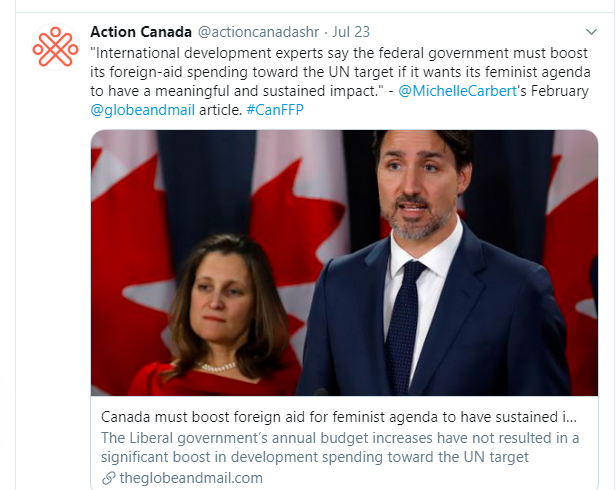
https://twitter.com/PPOttawa/status/1291466479691534344
https://twitter.com/GlobalJusticeC/status/1287783648566161411
https://twitter.com/actioncanadashr/status/1286340744450650113
It shouldn’t surprise anyone, but Action Canada, like the rest of Planned Parenthood, promotes abortion worldwide. Not sure why Jagmeet Singh follows them though.
Also, it seems that restricting abortion in any way is tied to white supremacist ideology. However, it’s unclear how this logic would apply in majority non-white countries.
Apparently, a feminist foreign policy is one that pays to have the children killed in foreign countries. Now, considering that many cultures don’t value women, this would likely lead to a lot of sex selective abortions. How exactly is funding the selective targeting of female babies a “feminist” ideology?
7. Action Canada Supports BLM Movement

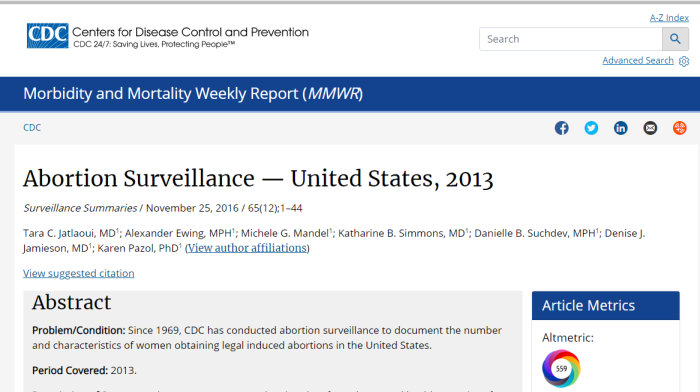
No surprise that Action Canada supports the Black Lives Matter groups, despite how violent they often are.
However, black lives DON’T seem to matter when they are being aborted. In fact, in the United States, blacks make up a very disproportionate amount of aborted babies.
8. Bill C-75 Facilitates Organ Trafficking
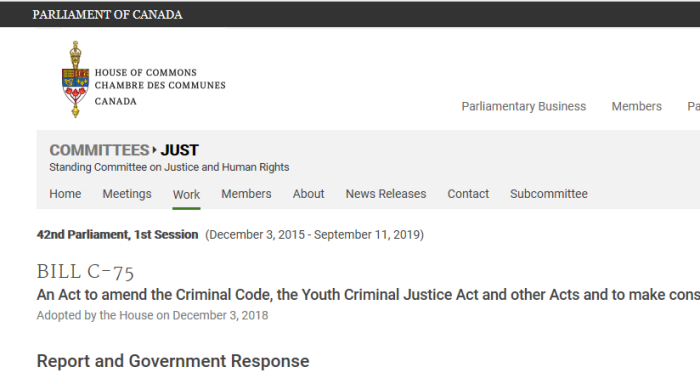
- Section 58: Fraudulent use of citizenship
- Section 159: Age of consent for anal sex
- Section 172(1): Corrupting children
- Section 173(1): Indecent acts
- Section 180(1): Common nuisance
- Section 182: Indecent interference or indignity to body
- Section 210: Keeping common bawdy house
- Section 211: Transporting to bawdy house
- Section 242: Not getting help for childbirth
- Section 243: Concealing the death of a child
- Section 279.02(1): Material benefit – trafficking
- Section 279.03(1): Withholding/destroying docs — trafficking
- Section 279(2): Forcible confinement
- Section 280(1): Abduction of child under age 16
- Section 281: Abduction of child under age 14
- Section 291(1): Bigamy
- Section 293: Polygamy
- Section 293.1: Forced marriage
- Section 293.2: Child marriage
- Section 295: Solemnizing marriage contrary to law
- Section 435: Arson, for fraudulent purposes
- Section 467.11(1): Participating in organized crime
It was mentioned in Part 17 and Part 18, how Bill C-75 watered down the criminal penalties for sex crimes against children. It would effectively reduce the punishments for organ trafficking and letting babies die. Just look at that list.
9. Action Canada: Cancel March For Life
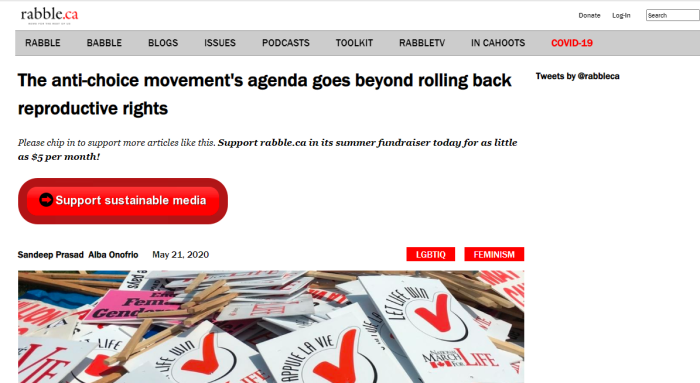

In May 2020, this article was published on Rabble. True, this may just be a personal opinion, but as they Executive Director of Action Canada for Sexual and Health Rights, Sandeep Prasad’s words do carry some serious weight.
10. Parliamentarians For Population/Development
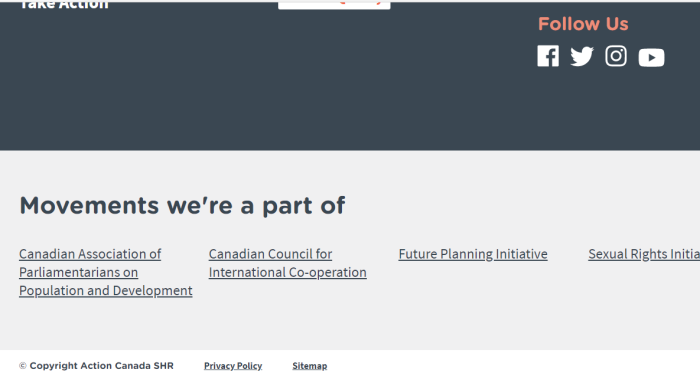
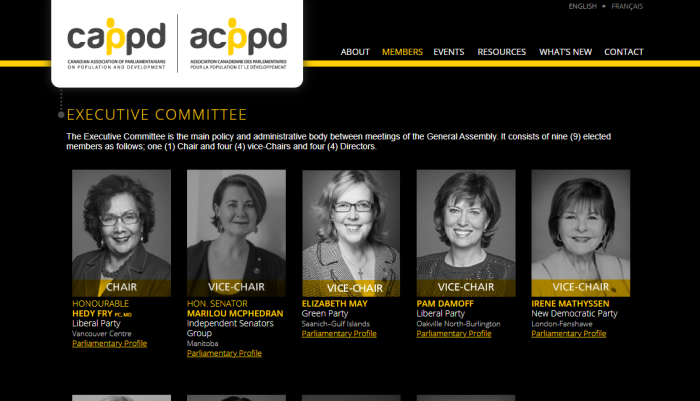
The Canadian Association of Parliamentarians on Population and Development (CAPPD) provides a forum for the exchange of ideas on population, sexual and reproductive health, human rights and development issues. Formed in 1997, CAPPD is open to all sitting Senators and Members of Parliament.
CAPPD coordinates efforts with several parliamentary associations throughout Africa, the Americas, Asia, and Europe to encourage governments to keep their commitments to reproductive health and women’s rights, as agreed by 179 countries at the 1994 International Conference on Population and Development (ICPD) in Cairo, Egypt.
WHAT WE DO:
Raise parliamentarians’ awareness of population, sexual and reproductive health, human rights and development issues through participation in study tours, international conferences, expert seminars and public events;
Advocate for the full implementation of the International Conference on Population and Development Programme of Action (ICPD PoA) and the Beijing Platform for Action;
Consult with government agencies, civil society, the United Nations Population Fund (UNFPA) and other international agencies and parliamentarians from other countries to assess Canada’s support for relevant international development goals;
Promote cooperation among other parliamentary networks working in the areas of population, sexual and reproductive health, human rights, and development.
This isn’t some lunatic fringe group. There are sitting Members of Parliament (across party lines) who are openly on board with this agenda. At the same time they are supposed to be working for the interests of their constituents, these members are openly acting as lobbyists for the abortion and globohomo agendas.
Planned Parenthood effectively has a trojan horse operating within the legislature.
11. UN Population Replacement Division

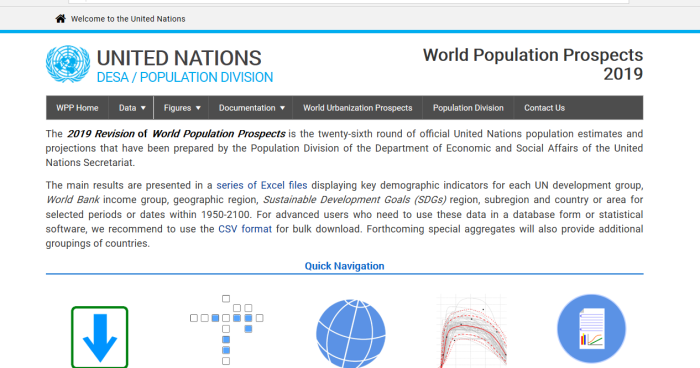


This was addressed here, here, and here. While promoting the right to easy abortion (and reduce birth rates), the United Nations also pushes for replacement migration to “bring up the numbers”. This seems illogical, until one realizes what the real goal is.
replace.european.population
replace.korean.population
replace.russian.population
replace.1999.general.assembly
Remember:
[1] Decrease the birth rate (abortion, globohomo)
[2] Increase replacement migration
12. Planned Parenthood Is Organ Trafficking
The Center for Medical Progress recently published this video, and it contains many admissions from Planned Parenthood officials.
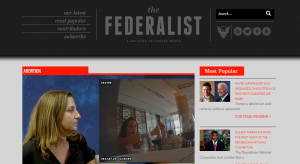
In a new video released by the Center for Medical Progress (CMP) Monday, Planned Parenthood officials give sworn testimony describing how abortionists alter abortion procedures in order to produce more intact human fetuses and, therefore, more usable fetal tissues and organs that can be sold for profit.
In 2015, the CMP and journalist and activist David Daleiden released a series of videos featuring undercover conversations with Planned Parenthood officials and medical directors. Planned Parenthood and their media allies decried the undercover videos as “edited” and claimed their late-term abortion practices were in complete compliance with the law. As attorney general of California, current vice presidential candidate Kamala Harris, who received tens of thousands of dollars in campaign donations from Planned Parenthood, prosecuted Daleiden for exposing Planned Parenthood’s crimes.
Now, newly unsealed videos of deposition testimonies show these same Planned Parenthood employees confirming under oath what they previously admitted to Daleiden about abortion and fetal tissue harvesting. In the latest video, Planned Parenthood officials testify about their use of paperwork loopholes to feign compliance with federal partial-birth abortion law, as well as how they alter their abortion techniques to obtain intact organs.
There will have to be follow up on this. That said, Planned Parenthood has now admitted to using abortion as a way to generate body parts to sell on the open market. This is not about reproductive care, or making life better for women. It’s about generating a fresh supply of human parts to sell.
The information provided (so far) relates to Planned Parenthood in general. We will have to see how deep Action Canada is in this — if at all.


